7 Things in Your Kitchen Making You Sick
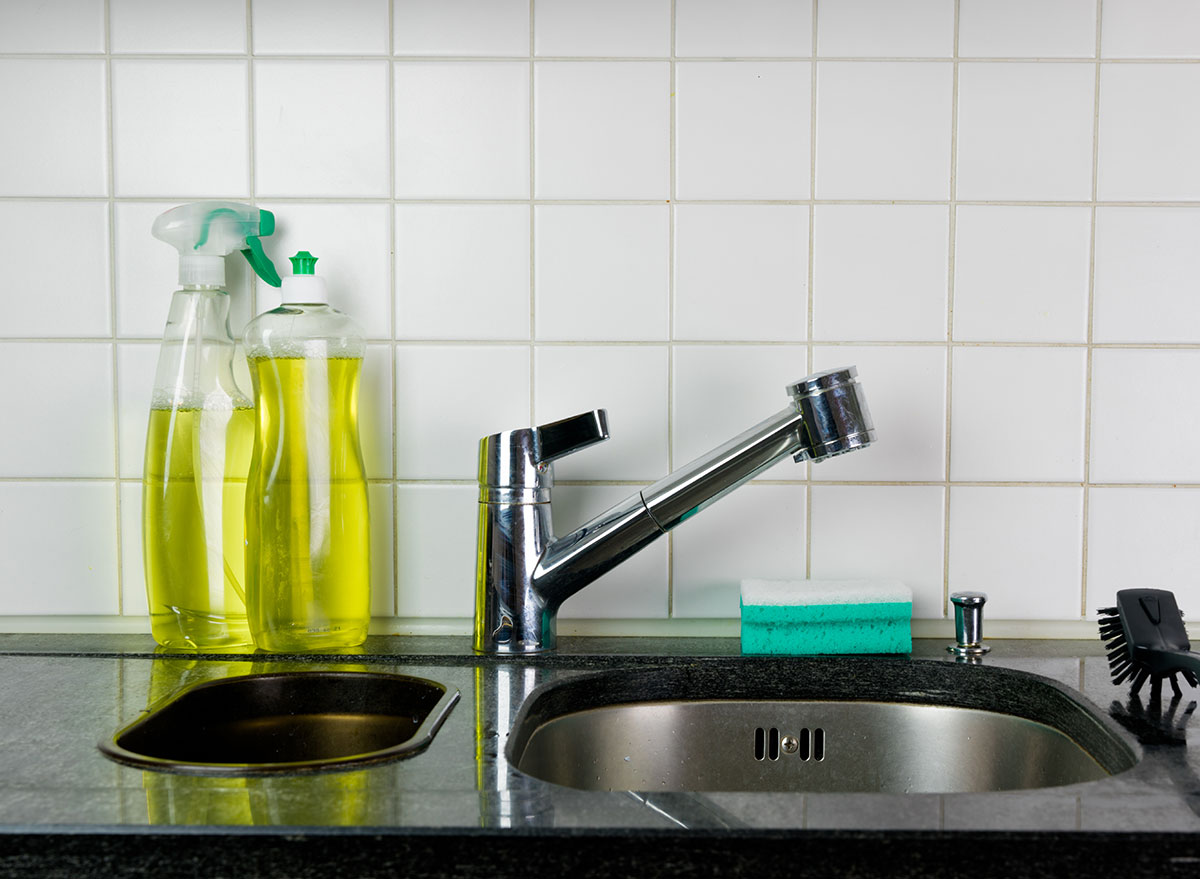
Food safety should always be a top priority, however, during the pandemic, it’s arguably even more important.
There are several surfaces and items in your kitchen that you’re using daily that may not be entirely clean. If they’re regularly wet, they could invite bacteria, mold, and yeast to grow, which could ultimately make you sick. And right now, it’s critical that you keep your immune system in tip-top shape so that it has a better chance of fighting the coronavirus.
Here are seven things in your kitchen that could potentially make you sick.
You’re using an old dish sponge.
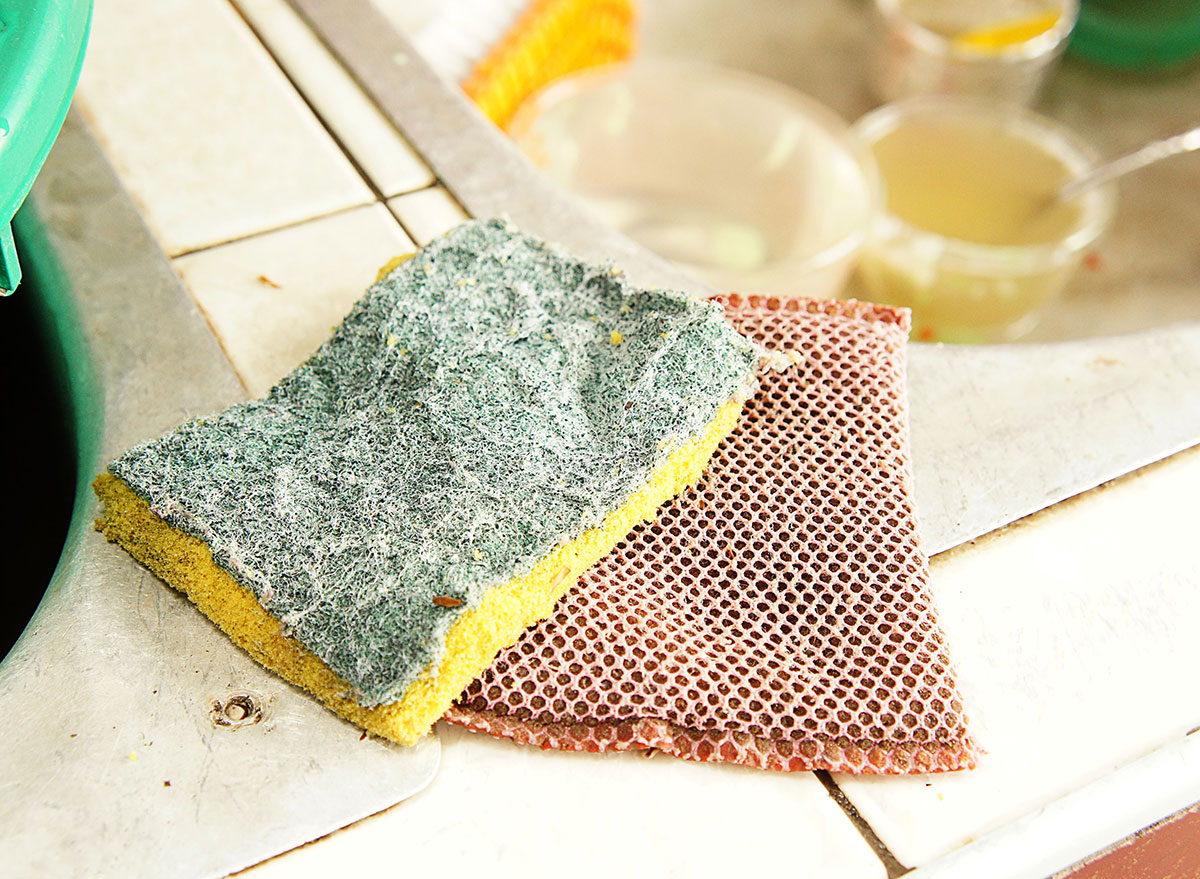
It’s easy for people to forget that even the tools we use to clean other household items need to cleaned, and in this case disposed of, regularly too. A 2017 study published in the journal Nature revealed that sponges cleaned in soapy water or used to clean the insides of microwaves are more prone to harboring Moraxella osloensis, a bacteria that could cause infection in those with compromised immune systems.
During a time where the immunocompromised are already at high risk of having adverse complications with the novel coronavirus, it’s even more important now to regularly replace kitchen sponges.
READ MORE: Click here for all of our latest coronavirus coverage.
You’re not disinfecting the faucet or refrigerator door handles.
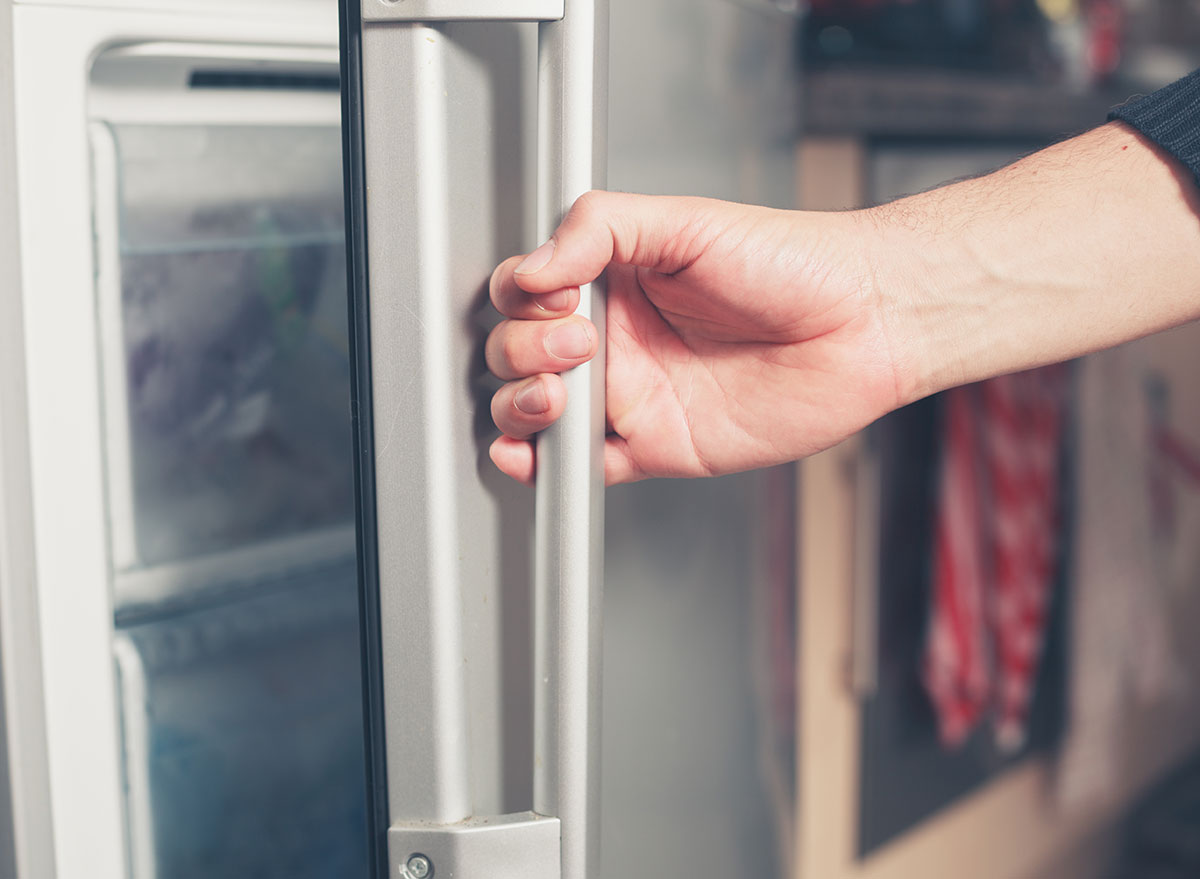
Faucet and appliance handles are often afterthoughts in the cleaning process, however, they should be considered a top priority. For example, after you’ve handled raw meat, what’s the first thing you do? You (hopefully) go to the sink to wash your hands. Still, you’re moving the sink faucet handle with your contaminated hands. The same concept can be applied to refrigerator door handles. It’s important to sanitize these two parts of the kitchen frequently in order to avoid foodborne illness.
You’re cleaning your counters, but not sanitizing them.
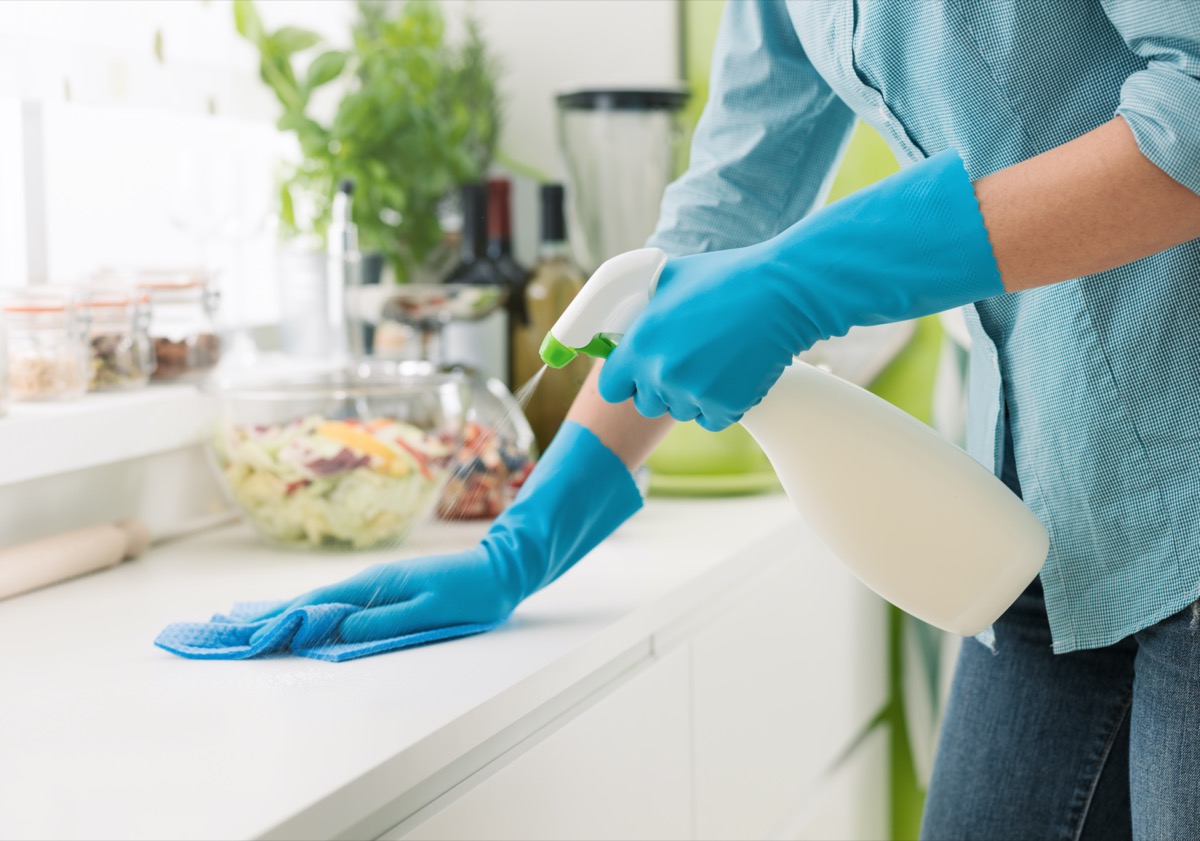
There’s a key difference between cleaning and sanitizing your kitchen countertops. Shelly Feist, executive director of the non-profit Partnership for Food Safety Education, had told Eat This, Not That! before how important it is to understand that this is a two-step process.
“Cleaning and sanitizing are not the same thing. They are separate, important steps you can take to reduce the spread of harmful germs,” said Feist. “Cleaning removes germs, dirt, and impurities from surfaces by the use of soap or detergent and water. Sanitizing lowers the number of germs on surfaces by the use of a diluted bleach solution that is easy to make at home.”
You’re not washing your dish towels regularly.
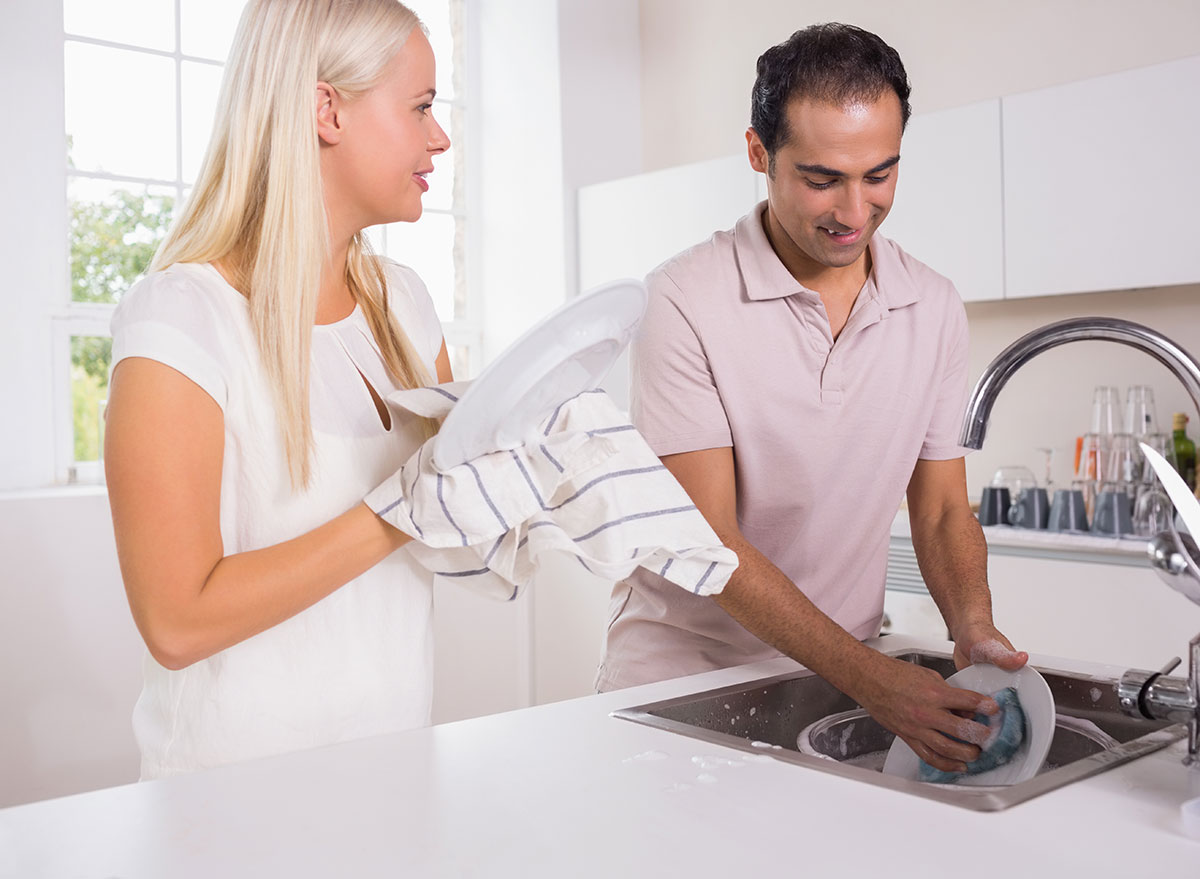
Not switching your kitchen towels out regularly can potentially expose you to bacteria and ultimately make you sick. One study that was presented at the American Society for Microbiology annual meeting found that kitchen towels are linked to cross-contamination in the kitchen. More specifically, “49 percent of the kitchen towels collected in the study had bacterial growth which increased in number with extended family, presence on children and increasing family size.”
The types of bacteria found on towels are ones that cause foodborne illness, namely E. coli. In addition to regularly swapping out kitchen towels, you should also avoid drying your hands or freshly washed dishes with the same towel you used to wipe up a spill on the table.
You’re not cleaning the water dispenser in your fridge.
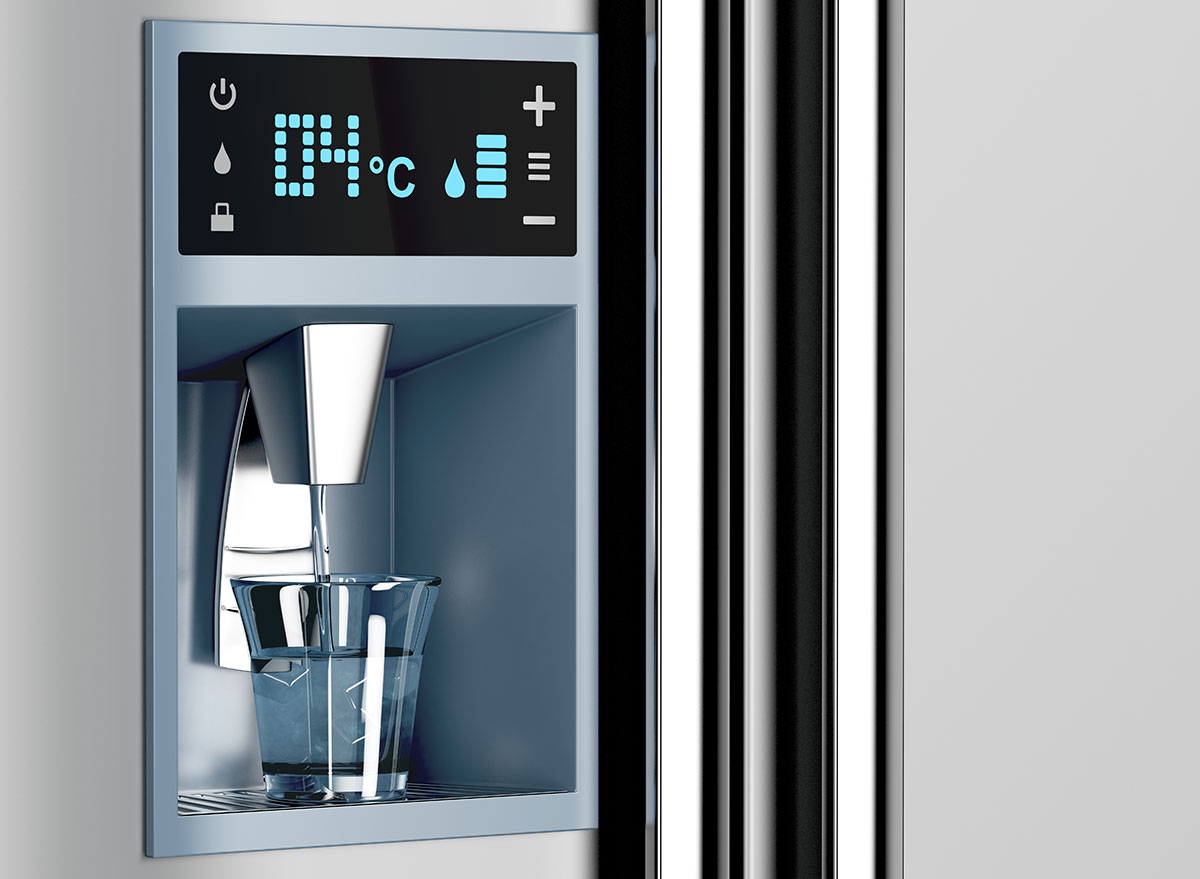
The water dispenser on your fridge is likely packing bacteria. NOW’s investigative reporter took water samples from water dispensers in six different homes. What they found? Anywhere between 54 and 4,000 colonies of bacteria growth in each. Shockingly, whether the person had changed the water filter or not was irrelevant to bacteria growth.
The factor that mattered was how often the families had touched the spout of the dispenser, by occasionally brushing their fingers across it to catch ice cubes, for example. Even the mouth of your water bottle could be contaminating the dispenser. To clean it, take a spray bottle that’s filled with rubbing alcohol and spray the spout and let it dry.
You’re not properly cleaning the blender gasket.
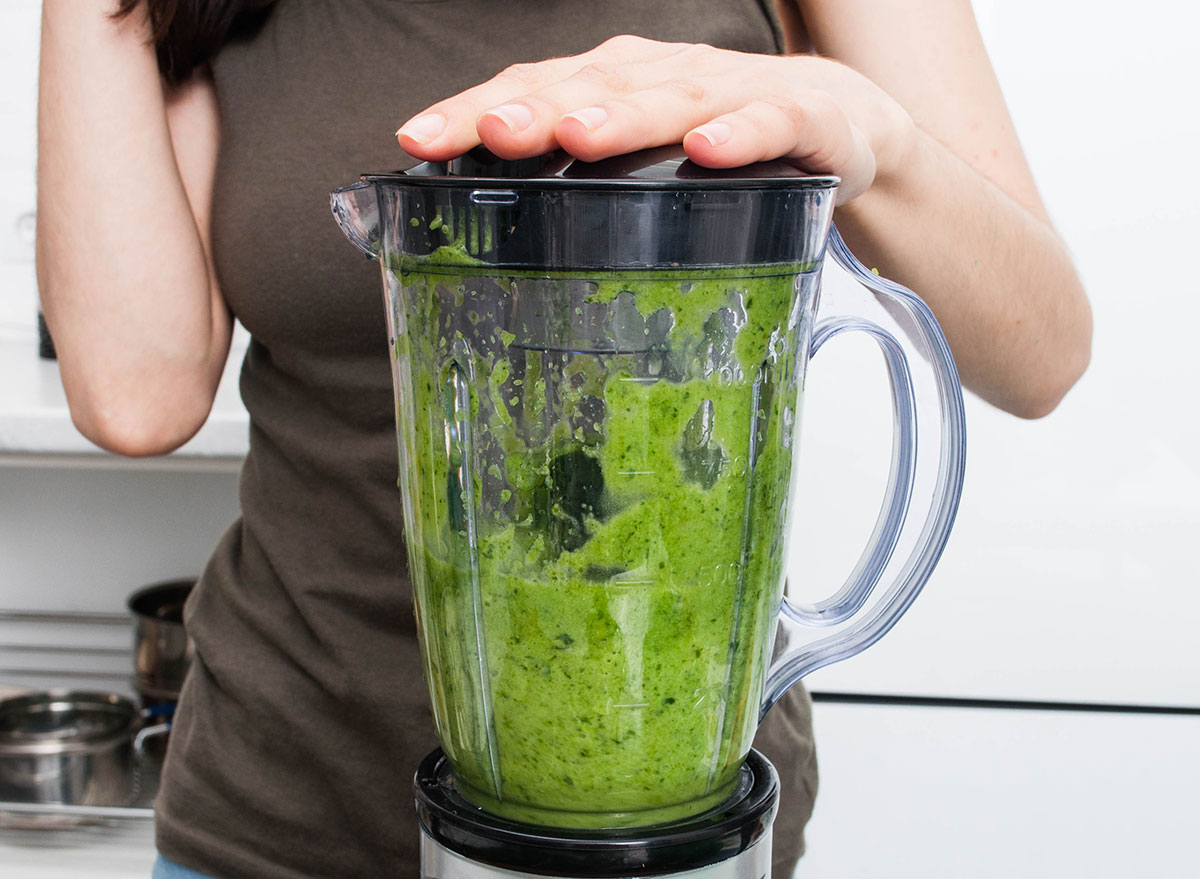
One of the dirtiest things in your kitchen is the blender gasket. Toby Amidor, MS, RD, CDN, FAND has told ETNT before that most people don’t even know how to correctly clean this kitchen appliance. An NSF International Household Germ Study found that 43 percent of blender gaskets contained traces of yeast or mold.
Here’s how you should be washing it. Take the blender apart completely and then hand wash each separate piece. To sanitize, soak the gasket in vinegar. This will also help to eliminate any lingering odors.
You’re forgetting about the garbage disposal.

This is an easy spot in your kitchen to overlook. Dr. Charles Gerba, a microbiologist and professor at the University of Arizona, told Food & Wine, that the garbage disposal in your sink is a hotbed for bacteria growth.
“There’s more E. coli in a kitchen sink than in a toilet after you flush it,” said Dr. Gerba. “The sink is a great place for E. coli to live and grow since it’s wet and moist. Bacteria feed on the food that people put down the drain and what’s left on dishes in the sink.”
Essentially, you’ll want to remove the rubber inserts of the disposal and pour bleach down the drain and then let it soak. For the full instructions on how to properly clean your garbage disposal, check out The Top 3 Germiest Spots in Your Kitchen—and How to Clean Them.








